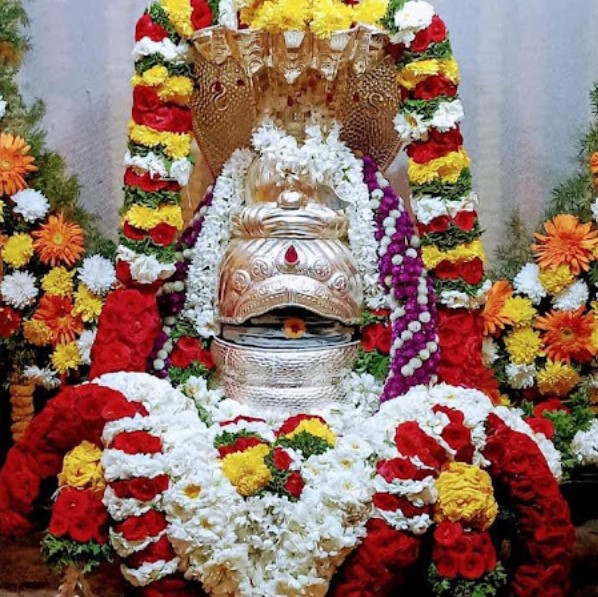Temple Description
The Ishvara temple, also known as the Ishwara or Isvara temple, is a Hindu temple located in Arsikere, Hassan district, Karnataka, India, that dates back to the early 13th century. One of the most prominent examples of early Hoysala architecture, it is dedicated to Shiva and features a spinning circular design, a domed mandapa with a 16-point star shape, a pancatala vimana, and a galaxy of artwork that represents Hinduism’s Shaivism, Vaishnavism, Shaktism, and Vedic stories.
In Arasikere, there existed a complex of Hindu temples, including the Ishvara temple. In the 14th century or later, the majority of these, along with its artwork, were demolished and disfigured. To the immediate north of the Ishvara temple within the present compound is the smaller and more damaged Shivalaya twin temple, which still stands beside the Ishvara temple. There are red-stone pillars in this double temple. Approximately 200 meters southwest of the Ishvara temple is the Sahasrakuta Jinalaya, a damaged and destroyed Jain monument.
Arasikere, also referred to as Arsikere or Arsiyakere in historic Indian texts, is located about 41 kilometres (25 mi) east of Hassan city and about 140 kilometres (87 mi) north of Mysuru city. It is at the southwestern edge of the Nagapuri forest and hills, connected to India’s national highway network through NH 73. The Isvara temple is located to the northeastern side of the town. Arasikere (lit “Queens tank”) is derived from Arasi means “queen” or “princess” and kere means “tank” in the Kannada language.
In addition to hero stones, the shrine features other inscribed stones. None offer the essential details needed to date this temple. On the other hand, this temple had to have existed by around 1220 CE, during the reign of Narasimha II of the Hoysala dynasty, based on the allusions found in the inscriptions that are currently available.[2] Moreover, it is implied by these same inscriptions that the
Shiva linga housed within the Ishvara temple was known as Kattamesvara and that it was a part of a larger complex of temples. Based on the inscriptions’ mention of gifts and donations, it may be concluded that the temples remained operational until the early 14th century. Another inscription, The double temple located to the left of the Ishvara temple is established to have existed by 1220 CE by Inscription #84. They described seeing fragments of “some temple which is no longer in existence” and several mutilated images of Durga, Ganesha, Mahisasuramardini, and other deities.
